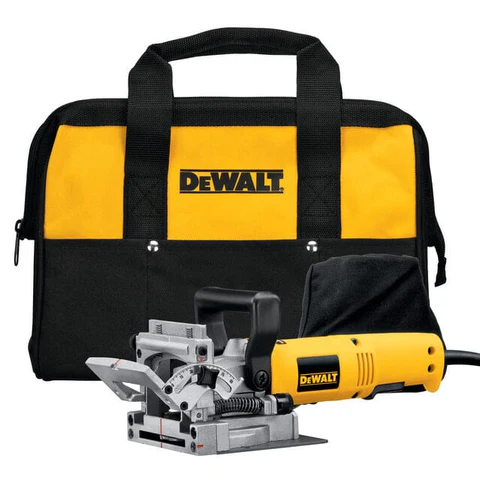The Importance of Precision: Why Joiners Need to Measure Twice, Cut Once
In the world of woodworking, precision is the cornerstone of quality craftsmanship. Whether you're working on a delicate piece of furniture or building a sturdy doorframe, accuracy in measurements can make or break a project. For joiners, this principle is even more critical. The adage “measure twice, cut once” serves as a golden rule in the trade, emphasizing the need for careful planning and attention to detail before making any cuts. A single miscalculation can lead to wasted materials, additional time spent reworking, and sometimes, a complete overhaul of the project.
Why Precision Matters in Joinery
It involves connecting pieces of wood using various joints to form solid structures such as doors, cabinets, or frames. The accuracy of each cut directly impacts the strength and aesthetic of the final product. If cuts are uneven or misaligned, joints won’t fit correctly, compromising the stability of the entire structure. Precision ensures that every piece fits perfectly together, not only for structural integrity but also for a professional finish.
When joiners make errors in measurement, they face multiple setbacks:
Wasted Materials: Cutting a piece of wood incorrectly means it often cannot be used in the project, leading to unnecessary waste and higher costs.
Increased Labor Time: Mistakes result in the need for re-cutting or reworking the materials, causing delays and additional labor.
Diminished Quality: Poorly fitted joints or uneven surfaces result in an inferior product that doesn’t meet client expectations or professional standards.
The Benefits of "Measure Twice, Cut Once"
The saying "measure twice, cut once" is more than just a phrase—it's a practice that ensures accuracy and reduces the margin for error. Let’s look into the benefits of adopting this approach in every woodworking project.
Accuracy: Double-checking measurements before cutting ensures the dimensions are correct, preventing costly mistakes. It's far better to spend an extra minute confirming a measurement than to lose hours reworking the project.
Material Efficiency: Wood can be expensive, especially high-quality lumber used in joinery projects. By measuring carefully, you maximize the use of materials and avoid waste, which can lead to a more efficient and profitable workflow.
Time Savings: While it may seem that measuring twice takes extra time, it saves you much more in the long run. Avoiding mistakes means you won't have to spend time redoing tasks or making adjustments.
Higher Quality Output: Precision cuts lead to clean, tight joints, which are the hallmark of high-quality craftsmanship. Properly fitting joints are crucial for creating durable and aesthetically pleasing products.
Practical Tips for Ensuring Accuracy in Joinery
Precision is a skill that can be honed with practice and the right techniques. Here are some practical tips to ensure accurate measurements and cuts:
Use the Right Tools: High-quality measuring tools like steel rulers, tape measures, and squares are essential for accuracy. Make sure your tools are calibrated and in good condition to avoid incorrect measurements.
Mark Clearly and Accurately: Use a sharp pencil or marking knife to make fine, visible marks on your material. A dull pencil can cause imprecise lines, leading to inaccurate cuts.
Measure Twice, Cut Once: This golden rule is at the heart of precision. After taking your initial measurement, double-check it before making any cuts. If you're unsure, it's always better to re-measure than to risk a mistake.
Work in a Clear, Organized Space: Clutter can lead to confusion and mistakes. An organized workspace with good lighting allows you to measure and cut more accurately without distractions or obstructions.
Use Test Cuts on Scrap Material: Before cutting into expensive wood, try making a test cut on a piece of scrap wood. This ensures your tools are properly set up and your measurements are correct.
Maintaining Accuracy
Precision is paramount in joinery, where even the smallest measurement error can lead to significant problems. The adage "measure twice, cut once" is a vital practice that helps joiners maintain the accuracy needed for creating high-quality, durable pieces. By taking the time to double-check measurements, using the right tools, and following best practices, joiners can avoid costly mistakes, save time, and produce exceptional work every time.






Comments